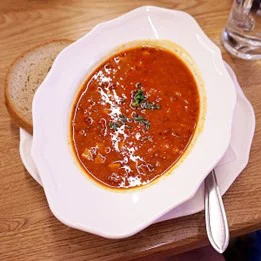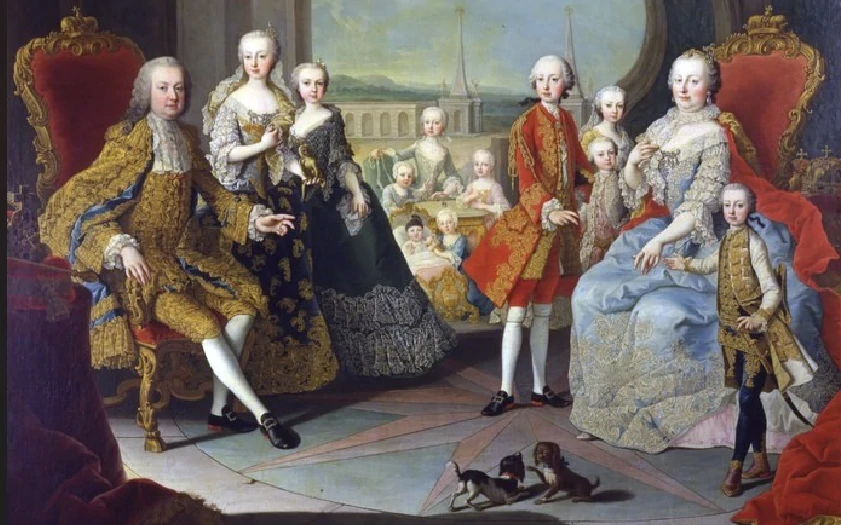Beef shepherd’s meat” is the name given to the dish in its translation from Hungarian. In the vastness of the Hungarian Puszta, gulyas used to steam in cast-iron cauldrons. A romantic idea. But in this context, the historical background is essential for a better understanding of the origins of this dish. “Goulash, or gulyás, is a Hungarian national dish, the spice of which is paprika “.
“A real ungargar stomach can tolerate a spoonful of paprika like confect, but the Germans burn with hellish fires at the same dose, which neither Bacchus nor Gambrinus can extinguish.” – Reason enough to treat every goulash in the pub with caution until it has proven not to be too spicy and therefore ready to be enjoyed. (Julia Danielczyk, Isabella Wasner-Peter ed., “Heut muss der Tisch sich völlig bieg’n, Wiener Küche und ihre Kochbücher”, Wien-Bibliothek im Rathaus, mandelbaumverlag, page 34, Vienna, 2007).
Goulash from Vienna did not establish itself as a fashionable dish. It probably only became en vogue in the era of
<p><p>A tasty but hearty type of this meat dish is called “Fiakergulasch”. Not only is the sliced beef served in the juice, but also a fried egg, a Frankfurter sausage and a gherkin, sliced like a fan. A hearty meal for the men who, yesterday as today, drive the typical Viennese horse-drawn carriages through the city center.
Time Travel tip: At Peter’s Gulyas Beisl in Hütteldorfer Straße and at the Gulasch & Soehne Vienna restaurant in the Grand Hotel Ferdinand on Schubertring, this dish is prepared according to old recipes.
(Source: Wikipedia)
Editor: Michael Ellenbogen



